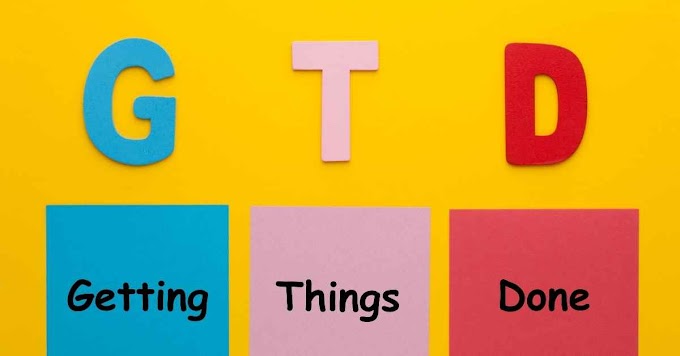What Is Option Trading In Stock? We will introduce the meaning and usage of the options on futures. You've probably heard the term stock options. This is a word often heard when investing in venture companies, but lets know about derivatives and options.
Before options, What are derivatives?
Derivatives are financial derivative products, which are called Financial derivative products. Derivatives are a general term for muscle pain products that are being developed to manage the risk of physical transactions such as stocks, bonds, deposits and savings, foreign exchange, Forex, and investment trusts, and to increase profits.
Derivatives can be broadly divided into futures trading, options trading, and swap trading. Among them, we will introduce options trading in particular.
What is option trading in stock?
In options trading, you can decide whether to exercise the option or not according to your purpose and convenience.
Options trading is the right to choose whether or not to buy or sell a financial product at a predetermined price.
It means that you can buy the right to buy the instrument at some point in the future, and when the promised date comes, you can choose to buy or not buy the instrument.
So at this point, you can see that options trading is completely risk-free. That would not be a financial product. Therefore, you have to pay what is called a premium to get the option.
As a method of option trading, if the price is higher than the promised price at a future point, you can exercise the right, buy the product, sell it at the current price, and you can make a profit, and it is falling. Then you can not exercise the option and not lose. If you do not exercise the option, you will lose the amount you purchased the option (premium), but you can minimize the loss.
Options include the European option, which allows you to exercise your rights only at maturity, and the American option, which allows you to exercise your rights at any time before maturity.
The right to buy is called a call option, and the right to sell is called a put option.
Option Trading Features
We will introduce the features of the options by dividing them into strengths and weaknesses.
Option Trading Strengths
The strength of the option is that, after all, the risk can be significantly reduced.
If you buy futures, which is a type of derivative, and call options go as you expected, you will get the same amount of profit (except for the premium it costs to buy the option).
However, when it comes to investing, the expectations are not always correct. If you don't expect it, there will be a difference in the amount of loss between futures and options.
Options can be waived as described in "What are options?". As a result, the loss is only the premium paid first. However, in the case of futures, it is necessary to purchase at the amount promised in advance, so you will lose that much. Therefore, buying options and calling options are low risk.
Option Trading Weaknesses
The weakness of the option lies in the put option, which is a sell option. With put options, the loss can grow indefinitely. Therefore, it is necessary to deposit margin when making put options.
Put options may put the premium received from the option buyer into the margin. Put options seem to be risky, but even if you lose money, you can still make a profit if the loss is less than the premium you received.
One thing to keep in mind when trading options is that the seller has no right because he is obliged to respond to the request of the other party. This means that when a buyer exercises an option, he or she must respond to the request, even if he or she loses money.
Opposite buying and selling of options
It is known that it is possible to trade in the opposite direction in futures trading. It is also possible to trade in the opposite direction in option trading.
Counter-trading means that you buy the financial product you sold first by doing the opposite of the first trading. Conversely, it is possible to sell the first financial product you bought next.
By buying and selling in the opposite direction, the difference between the premium bid price and the sell price can be delivered and the transaction can be terminated. This means the extinction of optional rights.
By buying and selling in the opposite direction, it is possible to aim for profit by using the price fluctuation of the premium. If you buy an option cheaply and then the premium rises, you can aim for capital gains by selling it high. You can also make a profit by selling the option high at first and then buying it back cheaply after a while.
Option Trading are essential for financial investment
Knowledge of derivatives is essential for asset management, such as options and futures. It is important to study hard and gain knowledge before making an investment.












0 Comments